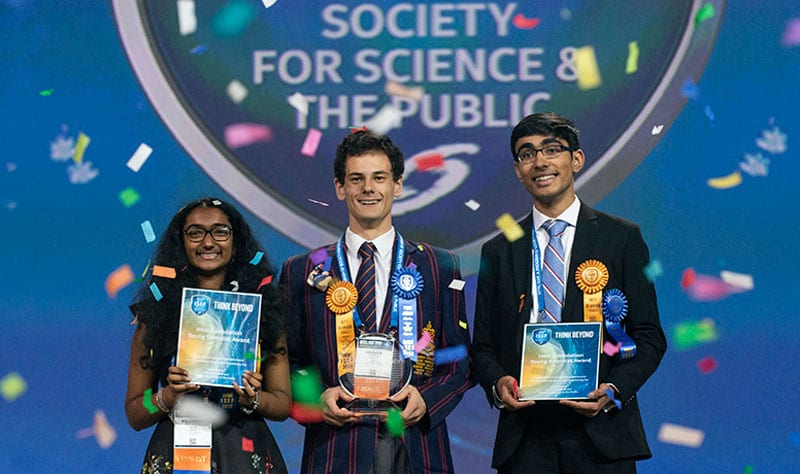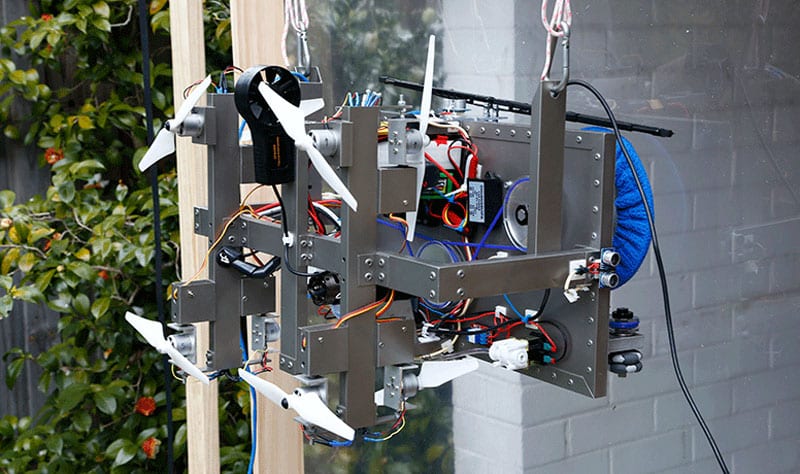
News
Aussie 19-year-old Wins Intel ISEF Prize for Window Washing Drone
A 19-year-old inventor from Sydney, Australia, has taken out the Gordon E. Moore Award for his robotic window-washing drone at this year’s Intel International Science and Engineering Fair.
Oliver Nicholls won an impressive $75,000 (just under AUD $100,000) for the prestigious prize which is named after Intel co-founder Gordon Moore, who is also widely known for his work on semiconductors, known as ‘Moore’s Law’. The award continues to live through the Society for Science and The Public.
This year is Intel’s 50th since inception,and with drones becoming more and more part of everyday life – and part of Intel’s own drone innovations – it is fitting that a drone inventor take out this year’s award.
The autonomous machine behind Nicholls’ success is a prototype for a flying autonomous tethered drone that can scrub and clean tall office building windows.
Cleaning the exterior of office towers is a risky business, having been listed as one of the world’s most dangerous jobs.
Nicholls’ invention has the potential to negate risk of window cleaners, as well as reduce the costs of cleaning by office building owners.

Nicholls’ window washing drone uses propellers to navigate and hold itself against a skyscraper’s windows. | Credit: Oliver Nicholls
The 12-15kg device works by being tethered to the roof of a building in the same way as traditional window-washing platforms, and in addition to a power cable also carries a waterhose.
One set of propellors is able to push the drone away from the wall to change windows, while a different set of propellors push the drone against the wall to increase the cleaning effect. Microfibre pads are used to clean the windows, and a squeegee completes the process by removing excess water.
Nicholls tested the device at home and says it can handle winds of up to 45kph. Showcasing the window-washing drone at Intel ISEF, he knew he was onto something good but little did he imagine he would take out the top prize.
“I hadn’t expected to get this far,” he told Science News for Students. “I was hoping for a second place, maybe.”
Nicholls estimates that if he could take the drone to market it would be available for around US$8,300 which is around the amount it costs to clean a 7-storey building – so it would pay for itself after just one clean.
“The breakthrough ideas presented by the winners and finalists demonstrate how the brilliant minds of future generations will make the world a better place,” said Maya Ajmera, president of the Society. “These young innovators are the stewards of our future, and we look forward to seeing all that they accomplish as they continue to pursue their interest in STEM.” (The term stands for science, technology, engineering and math.)
Besides winning the overall competition, Oliver’s project also led the pack in the Robotics and Intelligent Machines category.


















